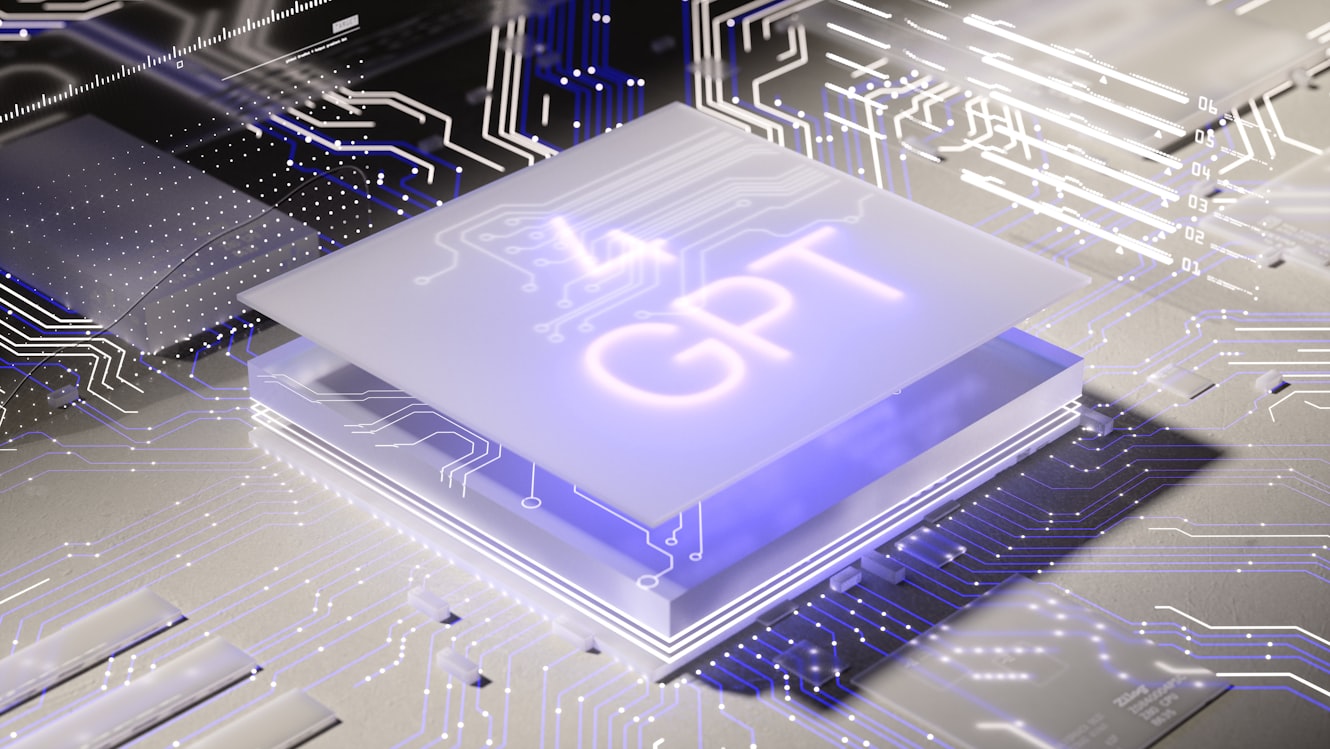Microchip designer Nvidia recently emerged as a frontrunner in the vital mission of developing technology that can meet the growing demands of artificial intelligence (AI) applications.
Recognizing the need for robust computing capabilities, the company supplies data center equipment while undertaking initiatives to engineer its own high-end processors and supercomputers.
Given its strategic importance as the world’s largest fabless manufacturer, interest in the company ramped up as NVDA’s latest earnings report approached.
In fact, considering that some of the firm’s earlier financial disclosures left a lot to be desired, expectations among industry watchers were notably muted.
However, with the release of its fiscal 2024 first-quarter results, investors were treated to some bombshell performance metrics and a highly optimistic outlook.
Likewise, despite reporting a 13% year-over-year decline in revenue at $7.19 billion – and a 20% drop in adjusted earnings per share from the $1.36 it made in FY 2023 – NVDA managed to surpass even the most bullish of Wall Street predictions. Indeed, with analysts expecting a top line of $6.52 billion and an EPS of $0.92, Nvidia left those estimates trailing in its wake.
This exceptional showing has been attributed to the soaring demand for the hardware that powers AI programs, propelling Nvidia’s data center revenue to a record-breaking 14% annual uptick. Moreover, its gaming segment displayed signs of recovery, with sequential sales growth of 22%.
That said, the true driver of Nvidia’s price surge came from its excellent forecast for the second quarter. The management’s anticipation of $11 billion in revenue signifies a staggering 33% growth, setting it up to be Nvidia’s best period ever.
But are these lofty aspirations realistic? Or are they, considering Nvidia’s enviable position right now, actually underselling the company’s potential?

NVDA: The Missing Link In The AI Revolution?
Nvidia has emerged as a willing catalyst in the tumultuous and thrilling rebirth of modern artificial intelligence technology, adopting a pivotal role in the success of major companies like Alphabet and Microsoft. As the go-to choice for AI-driven solutions, Nvidia’s GPUs have become instrumental in pushing the boundaries of machine learning innovation.
One remarkable example of Nvidia’s impact is its collaboration with OpenAI and the now infamous ChatGPT. The company’s high-performance computing accelerators were key to powering the all-conquering chatbot, propelling conversational AI to new heights, and exemplifying the significant contribution Nvidia has made in advancing the terrain.
Identifying the immense potential of AI, Nvidia has positioned itself to capitalize on the growing demand. The organization introduced the DGX GH200, an AI supercomputer platform designed to assist research outfits in creating advanced language models, and its cutting-edge capabilities have garnered attention from industry players and investors alike.
A recent milestone for Nvidia was the introduction of the GH200 Grace Hopper Superchip, which has now entered full-scale production. This formidable microprocessor combines Nvidia’s Grace CPU and Hopper GPU architectures into a single integrated circuit, assisting with complex assignments, including generative AI models.
Moreover, with an exceptional total bandwidth of 900 gigabytes per second and significantly lower power consumption, the GH200 offers best-in-class efficiency for AI and high-powered computing deployments.
The GH200’s potential extends to the DGX GH200, Nvidia’s next-generation AI offering. Fitted with a comprehensive software repertoire tailored for AI and data analytics workloads, the DGX GH200 incorporates Nvidia AI Enterprise, comprising over 100 AI frameworks, pre-trained models, and development tools. This integrated suite streamlines the production of generative AI, computer vision, speech AI, and other AI models.
Does Nvidia Need AI More Than AI Needs Nvidia?
In fact, with the aid of neural processing unit technology, several AI functions can operate smoothly on less expensive chips, thus achieving a trade-off between efficiency and cost-effectiveness. Edge AI chips currently have performance requirements akin to mid- to high-end smartphones, reducing the necessity for Nvidia’s state-of-the-art GPU designs and processes.
This trend presents new vistas for smaller manufacturers to compete and flourish as the demand for edge functionality grows.
The evolving AI landscape, therefore, raises the question: is the company as indispensable as initially thought? While Nvidia has been a leader in AI chip development, alternative solutions – and the increasing capabilities of edge AI chips – suggest a potential shift in market dynamics.
The interplay between chip performance, cost-effectiveness, and application requirements will shape the industry’s future as AI advances. Nvidia must remain adaptable to ensure its continued relevance in a changing AI environment.
Where Does NVDA Go From Here?
With AI mania gripping the market today, valuing a company like Nvidia is a thankless task.
Just as shares in Zoom baked in years of growth into its price at the height of the coronavirus pandemic, there’s a fear that a similar situation is happening with Nvidia too.
For example, NVDA stock rose 62% this year to trade at a forward PE multiple of 48, even though its non-GAAP PEG ratio stands at a sector-beating 1.32.
And yet, that doesn’t matter. Nvidia believes it has a giant market opportunity worth $1 trillion, encompassing not just the gaming & metaverse space but also verticals in healthcare, logistics, and transportation.
Moreover, the firm reckons it can hit a non-GAAP gross margin of 70% in the coming quarter, which, together with the acceleration of the AI ecosystem, should make Nvidia a profitable choice for the long term.
Famed investor Stanley Druckenmiller thinks so too. He recently mentioned on a Bloomberg interview that if the AI trend is real, Nvidia should not have 10 months up but 2-3 years. Time will tell.
The author has no position in any of the stocks mentioned. Financhill has a disclosure policy. This post may contain affiliate links or links from our sponsors.